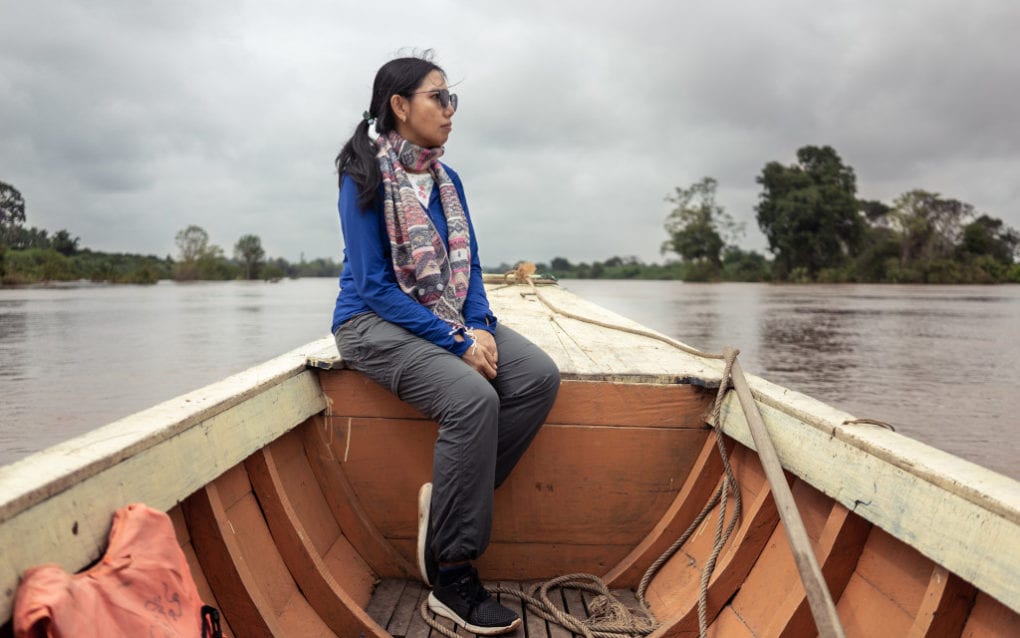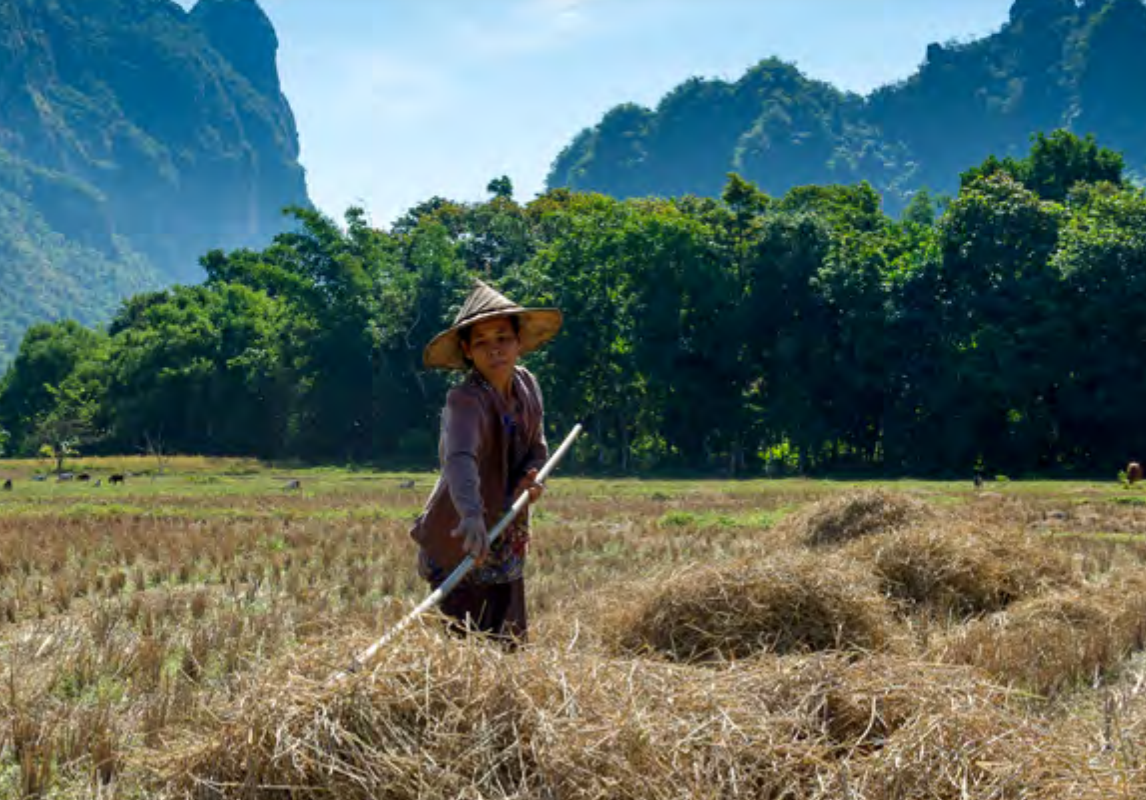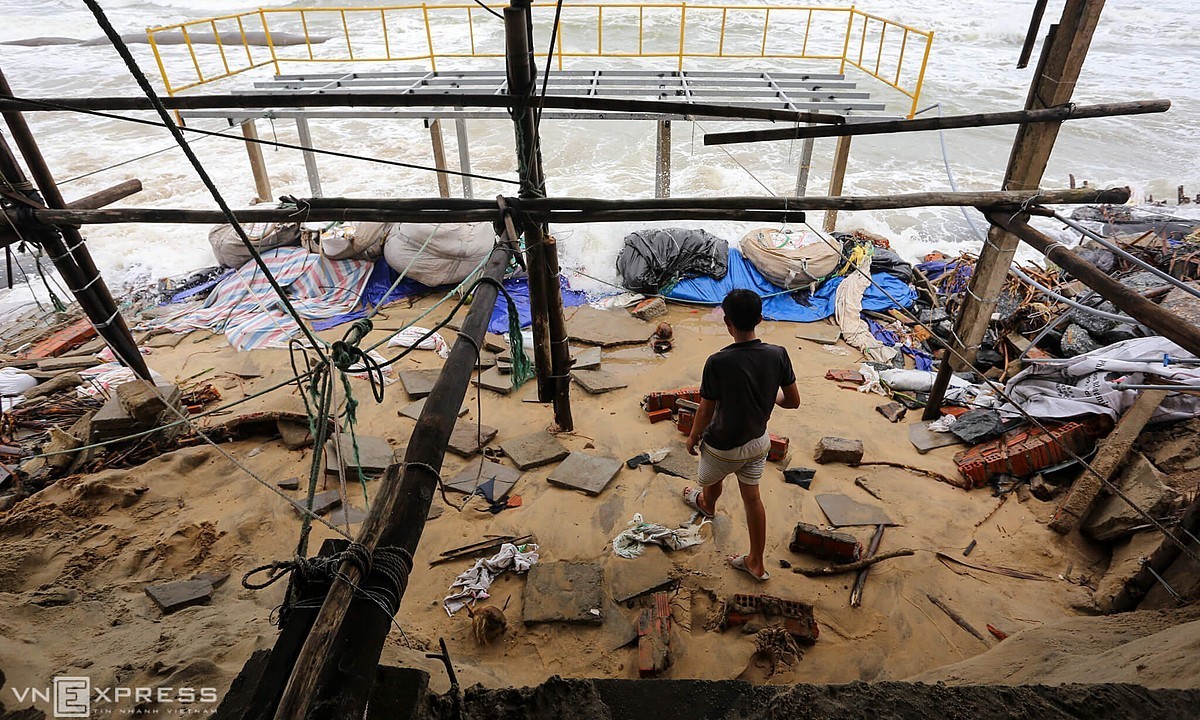Veun Sien village chief Sy Chandan recognizes the figure in the doorway of her kitchen, and she addresses her guest like royalty: “Oh, my dear princess daughter has returned!”
When Chea Seila first stood in the wooden hut’s entrance in 2005, she was still earning the trust of the area’s four wetland villages, surrounded on all sides by flooded forest, megafish weighing more than 200 kg, and deep pools that remain little understood amid a system of lifegiving rivers. Over 24 months, she worked to help them document the fish, flora and local practices they knew so well, but had never written down.
Apart from scattered solar panels, the village is still unconnected to the electrical grid, and has no road into town. Instead, visitors must come to the village by water. Across the seasons, the community guards one of the area’s deep pools using an old boat. But it is no match for illegal fishers who now arrive on smaller, sleeker vessels.
In August, Chandan tells Seila of those difficulties: how the village chief raised the issue at a meeting with officials and a local NGO, but they simply told her to take better care of the 10-year-old boat.
Seila does not promise any intervention to Chandan, but empathizes with the chief and tucks away the anecdote as another reason to pursue her long-held goal: to see these communities take the lead in protecting themselves and their environment.
Seila has remained entranced by Stung Treng’s wetlands since she first waded through their flooded forests 15 years before. But she has seen outside support for the communities and ecosystems ebb and flow like the Mekong’s seasons: projects abandoned midway as funding disappears, breaking the confidence of villagers.
Seila, whose work has moved from researcher to advocate, is one of the few conservationists who spends the many hours of listening needed to earn the trust of locals, say those living in the area or working in the sector. For her, it’s the communities, with deep wells of knowledge and practices still poorly understood by outsiders, who are critical to protecting the threatened wetlands.
Eyes Open
Seila came to know Stung Treng province in 2005 when she arrived as a volunteer to collect data on how the Yali dam affected the water and the livelihoods of communities living along the 3S rivers — the Sesan, Srepok and Sekong, which add significant force to the Mekong.
Spending a year traveling and speaking to villagers, Seila was captivated by the landscape and biodiversity, but more than anything she was deeply moved by the communities living along the rivers, she says.
“The community is like a school. We can learn a lot from them,” she says. “They always connect their lives to the river, to the fish. Even the fish have stories, even the forest — the flooded forests have a story, even the rocks in the river have a story. It taught me everything that I could not imagine I could learn.”
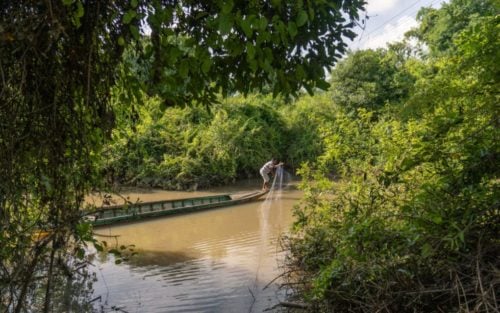
Stung Treng is home to one of Cambodia’s five protected wetlands, or Ramsar sites. This 14,600-hectare area, stretching over the middle of the Mekong, is home to Cambodia’s endangered Mekong dolphins and megafish species: the Mekong giant barb, Mekong giant catfish, Mekong stingray and carp-like Mekongina erythrospila.
Several other species, from endangered or near-threatened bird species to the Siamese crocodile, also reside in the Mekong wetland and its flooded forests. But despite its beauty and importance as a habitat and carbon dioxide absorbent, the area is often neglected in conservation projects in favor of terrestrial jungles, Seila says.
“When I decide to go to Stung Treng, I just want to explore. When I was there in September 2005, it just opened my eyes,” says the Phnom Penh-born researcher, as she describes the charms of the wetlands: the unseen deep pools that yield tremendous megafish weighing more than 200 kg, the rich range of wildlife that live in the catchment area, and the trees standing firm in the Mekong’s rapids.
“It has so many sandbars, and the most charming is the flooded forest trees, which grow in the middle of the river, so dense,” she says. “There were cormorants and lesser whistling ducks. The flooded forest trees, especially in front of Veun Sien village, stood tall.”
Seila came to intimately know these species through the Salaphum, or “village school,” project, which documented more than 130 species of fish, as well as plants, herbs and the fishing techniques based on the knowledge of those who lived there.
It was the first time the villagers recorded this knowledge on paper, she says.
“The villagers use their own knowledge spreading from generation to generation,” she says. “They do not know how to read and write, so the project helps them to document this knowledge.”
Many have become more active in environmental work since being given the chance to share their knowledge, Seila says.
The work also contrasts with a lack of scientific assessments of the area. “I think there are still so many unknowns about that area or things that are yet to be deeply studied, things that should be studied or discussed still,” she says.
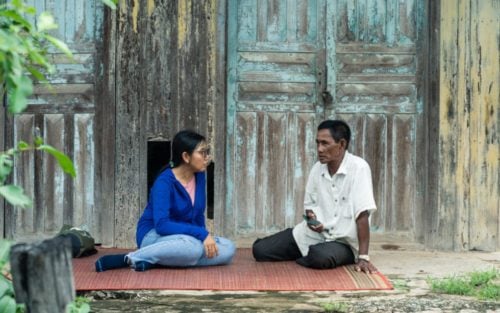
Mam Kosal, an aquatic ecologist at WorldFish who collaborated with Seila on deep pool conservation, says Seila gained trust from the communities in a way that most researchers are unable to thanks to her approach to the people and sustained interest in the area. And as a result, the projects thrived.
“Only a few of them spend as much time as her in the community,” he says. “She engaged with communities while she worked for a number of projects for many years in the area [after] Salaphum project.”
Seila split her time between Phnom Penh and Stung Treng while pregnant with her two children, she says. She now spends more time in the capital while her kids are in the curious primary school age, but when she travels with reporters to Stung Treng province, her family is not far behind, joining her in the province over a holiday weekend.
A Fragile Balance
Though the natural charms first captured her attention, the people living in the wetlands’ ecosystem quickly became her focus. Over more than 15 years in livelihood research, Seila has woven herself into life in the Stung Treng villages as a regular guest, sharing cookies with the children and chatting with their mothers and aunties as they fish and farm in a conservation zone.
The Ramsar area residents are not always thrilled by her projects, and she says it can be difficult to ask people who are used to fishing for sale year-round to limit their commercial fishing to an open season. But she’s motivated to find something that works for both the communities and the protected zone.
“When we decide that one area should be put under conservation, we have to consider what is the compensation for the villagers, because the villagers have to go fish in that area for food. If there is no discussion with the community, only a ruling from the top, then there will be conflict,” she says.
Sometimes this involves talking with fishers over the ways they can convert their current fishing habits to a different practice to earn money, like freshwater crab farming. And sometimes Seila engages residents in board games about pooling money — a sillier version of the community savings pools she champions.
“The community relies on the wetland, and the wetland relies on the community,” she says. “As the population rises, it puts more stress on the resources. It is important that people know and have alternative livelihood options, so they can be less reliant on these resources and then be able to protect it.”
The protected wetlands in Stung Treng are unique for their deep pools, providing a safe place for megafish. It connects to the Tonle Sap and becomes dry from March to May, when many fish species migrate to the Mekong for spawning. It also provides food security for people in the area and many others along the Mekong and Tonle Sap.
But the site is under threat from illegal fishing, lack of funding, and lack of a plan for its future.
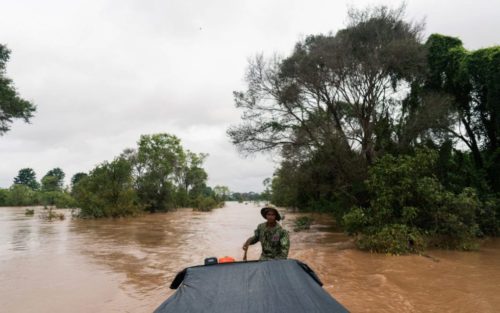
Since 2017, only the Fisheries Administration has funded community fishers groups to protect the deep pools, says Mao Sareth, who participated in the Salaphum research project in Koh Khorndin village before later becoming chief of the Anlong Koh Kang fishers community in Samakki commune.
“At the beginning of Salaphum, our community fishers group was very active in conservation because we received a lot of support from civil society organizations. But since they’ve pulled the funding away in the past few years, the community patrols of illegal fishing activities have been affected,” Sareth says.
There are only eight rangers protecting the Ramsar site as well as a nearby biodiversity corridor — a combined 70,000 hectares, says Phouk Nimol, a former Salaphum researcher who has become chief of the Stung Treng Ramsar site ranger station.
The chief ranger praises villagers for protecting flooded forests and respecting fishing seasons, but he worries that illegal fishing is still rampant in the area.
“If it was only the 14,600 hectares [of protected area], eight of us could handle it.” he says. “But now, we have to patrol the land and the water.”
Chhoun Chhorn, the provincial environment department’s deputy director of the Stung Treng Ramsar site, says the impact on the area’s biodiversity has been severe.
“Since 2017, I’ve observed that the flooded forests are degraded. Water levels have decreased, trees and flooded forests have collapsed. We still have otters, but only a small number. Same for stingrays and trey prama, or Boesemania microlepis. For giant barbs, they are still around, but are rare now,” Chhorn says.
Kong Kimsreng, head of terrestrial protected areas at the Environment Ministry, says he is keenly aware of the threats to the Ramsar site, but without donor backing, there simply aren’t the resources to properly assess the situation.
Seila says she notices a dramatic decline in the wetlands every time she returns, with the changes speeding up after 2018.
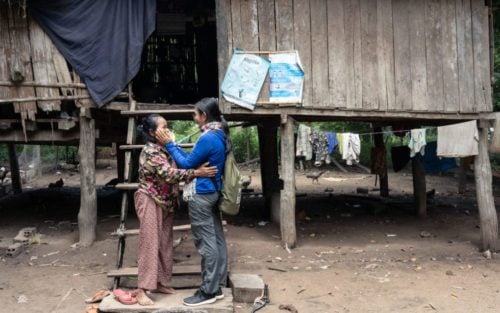
Currently, Seila is writing a paper on a way to fund community patrols of the wetlands. Ecotourism operators and fishers would contribute money for the area’s protection, she says.
It would be an improvement from the present reality of NGO donors abruptly coming and going. Communities are left in the lurch and perplexed when NGOs abandon their projects, Seila says.
“[When] they don’t have any explanation, they will feel clueless about what happened,” she says. “They do not understand why and they do not trust us anymore.”
Not everyone in Stung Treng is an advocate for conservation. But she says Ramsar area residents understand their inextricable relation to the environment and the need to conserve the unique ecosystem on which they depend.
“Generally, wetlands in Cambodia are closely linked to the community and their cultural values. … [Development organizations] have to understand the importance of the community in conservation because [the community] benefits from it,” Seila says. “They live there.”
Note: Reporting for this story was supported by Internews’ Earth Journalism Network and it also appeared in VOD.


